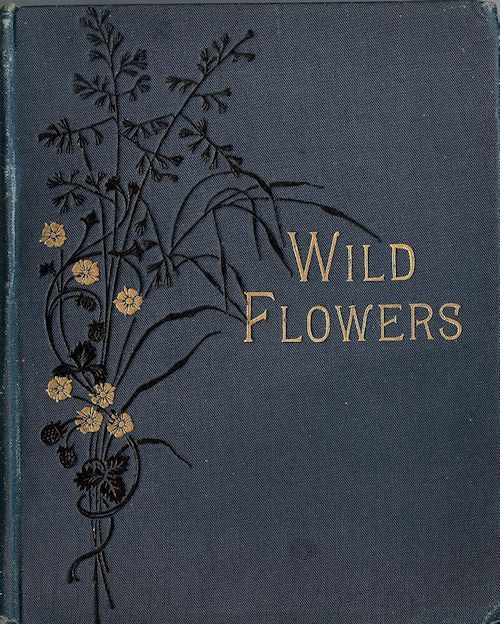 |
 |
 |
 |
 |
Page
43
|
|
This is such a lovely book I have actually bought a copy
published in 1902 so that visitors can handle it. The Charlecote copy
is earlier, dating from 1855. There is a second volume dating from 1857.
Ann Pratt was born into a Grocer family in 1806. She was born lame so
could not indulge in the usual children’s activities. She used to
amuse herself by drawing. The family Doctor introduced her to elements
of botany and persuaded her to illustrate flowers and plants. When she
was 20 the family moved to Brixton and it was there she developed her
career as a botanical illustrator. and became one of the best known Victorian
illustrators. She married John Peerless in 1826 and moved to Redhill in
Surrey. She wrote more than 20 books. She collaborated with William
Dickes, an engraver skilled in the chromolithograph process. This requires
the inking up of the engraving many times with different colours and overprinted
onto the same sheet of paper to build up a colour image. Registration
bars are used at the edge of the paper to ensure each printing is lined
up correctly. Her greatest work was the 6 volume series The Flowering Plants, Grasses, Sedges And Ferns Of Great Britain And Their Allies The Club Mosses, Pepperworts and Horsetails . (1855) Because she was lame her sister used to go out and bring back the plants for her to illustrate. All her books were printed under the auspices of the Society for Promoting Christian Knowledge.
|